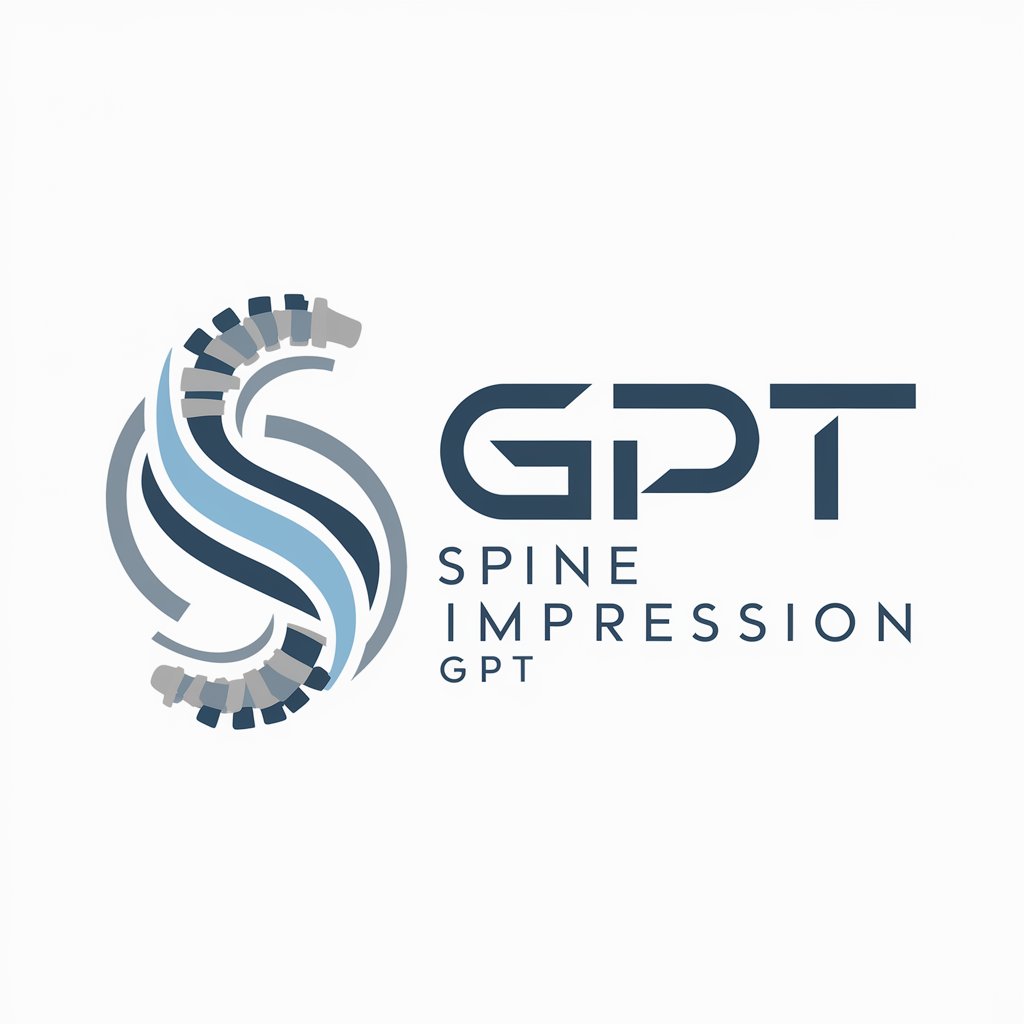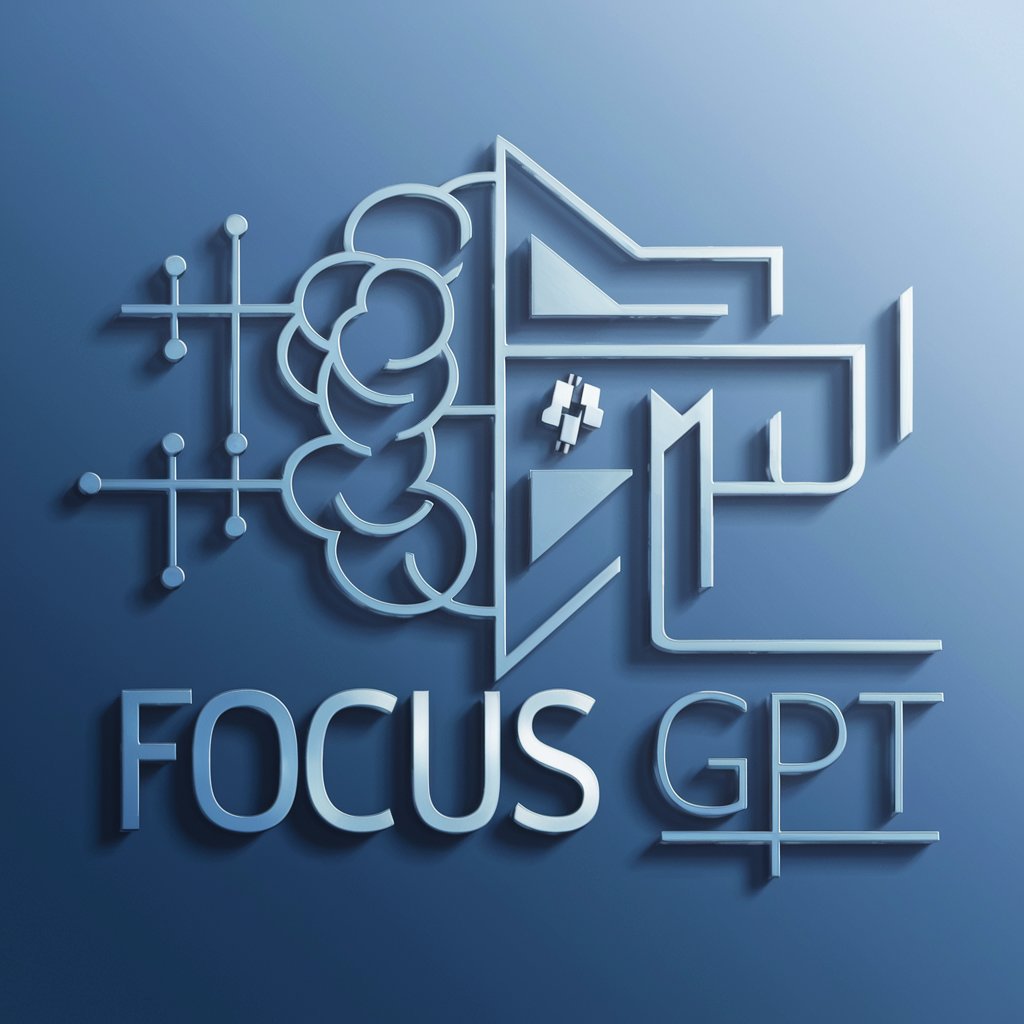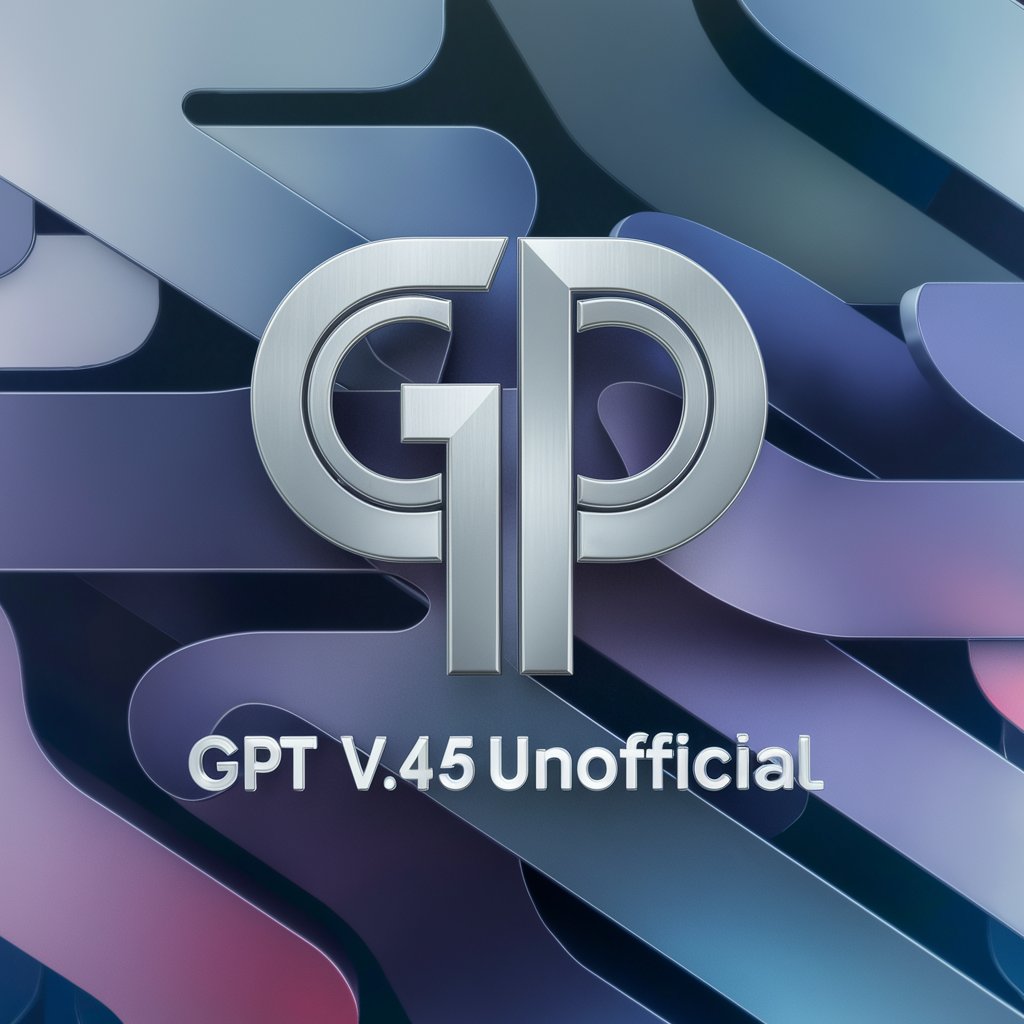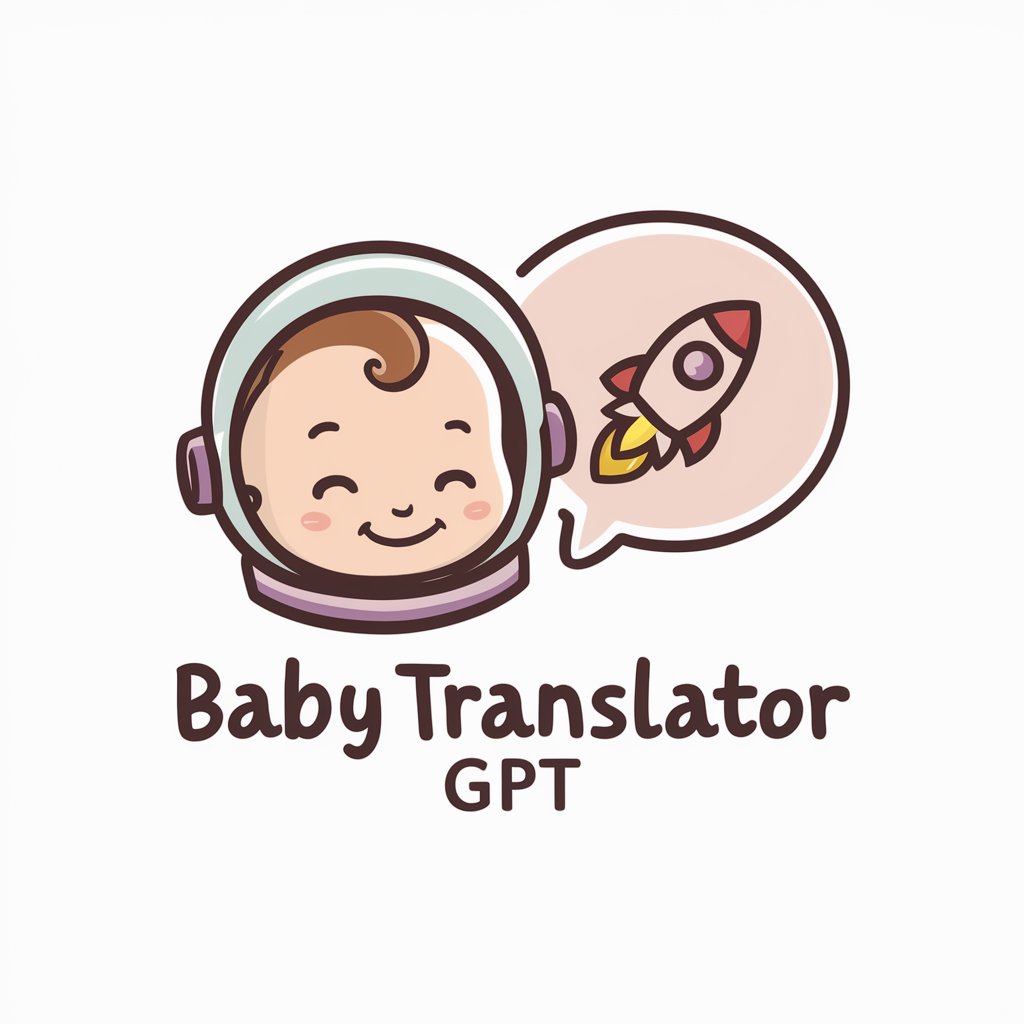
Spine Impression GPT - MRI Reporting Aid

Welcome! Let's create precise cervical spine MRI impressions together.
Automate Spine Impressions with AI
Create an impression for a cervical spine MRI report with findings including...
Summarize the MRI findings focusing on spinal canal stenosis and neuroforaminal narrowing...
Generate a detailed impression based on the provided MRI report highlighting any significant abnormalities...
Formulate an impression for the cervical spine MRI findings, emphasizing any surgical changes and incidental findings...
Get Embed Code
Overview of Spine Impression GPT
Spine Impression GPT is a specialized tool designed to assist radiologists by generating structured impressions from the findings of cervical spine MRI reports. Its purpose is to streamline the interpretation process, ensuring that findings are summarized clearly and consistently according to established medical standards. The GPT facilitates accurate diagnosis by translating complex imaging findings into a concise, ordered format that prioritizes conditions based on severity and clinical importance. For instance, it can efficiently delineate between different severities of spinal issues, from severe stenosis to mild neuroforaminal narrowing, ensuring that the most critical issues are highlighted for clinical attention. Powered by ChatGPT-4o。

Key Functions of Spine Impression GPT
Generation of Structured Impressions
Example
From an MRI report indicating multiple levels of disc protrusions and facet hypertrophy, the GPT would output an impression listing these findings in order of clinical significance, potentially impacting surgical decision-making.
Scenario
In a clinical setting, this helps a radiologist quickly generate a report summary during patient consultations, enhancing both efficiency and accuracy in patient management.
Standardization of Reporting
Example
It converts varied descriptive language into a standardized format that adheres to the nomenclature and severity grading used universally, reducing ambiguity and improving the clarity of communication among healthcare providers.
Scenario
This standardization is critical in multidisciplinary team meetings where clear, concise, and universally understood language is essential for planning treatment across different specialties.
Prioritization of Clinical Findings
Example
If an MRI shows both moderate neuroforaminal narrowing at C5-C6 and a mild disc protrusion at C3-C4, the GPT will emphasize the narrowing as it typically presents a greater risk of nerve impingement.
Scenario
Such prioritization is crucial in emergency settings where quick decision-making on the most pressing issues can lead to more effective and timely interventions.
Ideal Users of Spine Impression GPT Services
Radiologists
Radiologists can use this GPT to improve the speed and accuracy of their report generation. By providing a quick reference to the most severe and clinically relevant findings, it assists in making informed diagnostic decisions.
Orthopedic Surgeons
Surgeons benefit from the structured summaries which clarify the severity and exact location of spine issues, aiding in preoperative planning and discussions about patient management strategies.
Neurosurgeons
For neurosurgeons, detailed and prioritized impressions of spinal pathologies are crucial. This GPT helps in quickly identifying cases that might require surgical intervention, based on severity and symptoms’ progression.
Healthcare Administrators
Administrators in healthcare facilities can implement this tool to standardize report formats across their radiology departments, thus improving the overall quality of medical records and facilitating easier audits and compliance with medical reporting standards.

How to Use Spine Impression GPT
Step 1
Visit yeschat.ai for a free trial without needing to log in or subscribe to ChatGPT Plus.
Step 2
Enter the 'Findings' section of a cervical spine MRI report into the chat interface.
Step 3
Specify any additional requirements or details you need in the impression.
Step 4
Receive a structured spine impression tailored to your input, adhering to standardized radiological criteria.
Step 5
Use the impression for further medical evaluation, reporting, or educational purposes.
Try other advanced and practical GPTs
Empress Finance
AI-Powered Business Financial Insight

Southeast Asian Fusion
Blending cultures with AI-powered innovation.

French with Asian Power
Culinary Insights at Your Fingertips

Best Credit Cards
AI-powered credit card advisor

Credit Scout
Empowering your wallet with AI-driven credit insights.

Credit Coach
Empowering Credit Decisions with AI

Fai da Te Impresa
Empowering Businesses with AI-Driven Financial Insights

Idea Fountain
Ignite Creativity with AI Guidance

Idea Spark
Ignite Innovation with AI

Idea Spark
Spark Your Business Imagination

Idea Architect
Elevate Your Ideas with AI

Image 2 Image
Transform images with AI magic

Frequently Asked Questions About Spine Impression GPT
What is Spine Impression GPT?
Spine Impression GPT is a specialized AI tool designed to assist radiologists by generating structured cervical spine impressions from MRI findings.
How accurate is Spine Impression GPT?
While Spine Impression GPT is programmed to follow specific radiological criteria, it should be used as an aid. Clinicians should verify its output based on their clinical judgment.
Can Spine Impression GPT replace a radiologist?
No, Spine Impression GPT is intended to support radiologists, not replace them. It enhances productivity and accuracy but requires expert oversight.
What kind of input does Spine Impression GPT need?
The tool requires the 'Findings' section of cervical spine MRI reports as input to generate relevant impressions.
Is Spine Impression GPT suitable for teaching?
Yes, it can be a valuable educational tool for medical students and residents to understand the structuring of spine MRI impressions and identify key pathological features.





